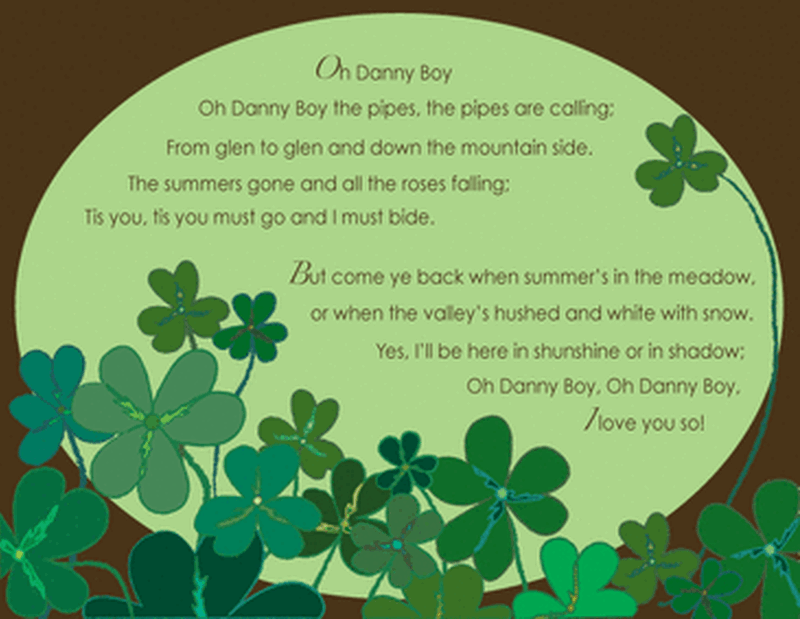Moderate
A list

Bach ~ Prelude and Fugue in B flat (A1) is a well-known one from the 48. The prelude is fairly straightforward, provided the player can easily grasp the technique needed for rapid, even demisemiquaver playing. The three-part fugue has a delightful subject, which requires a buoyant musical treatment through carefully chosen articulation. Like any fugue, the way in which it is taught will determine the quality of outcome and the extent to which the student is willing to persevere in learning it.
Mozart ~ Allegro K332 (A2). Playing Mozart can so easily sound somewhat dull and unappealing, often the result of bland playing with insufficient stylistic nuance and detail. Listening to period instrument orchestral performances can often help to illuminate the eloquence, shape, and buoyancy of the Classical style.
Maria João Pires’s playing demonstrates this kind of musical thinking eloquently here, although it is worth noting that a slower (though still Allegro) tempo may suit some players rather more readily:
Schubert ~ C sharp minor Moments musicaux D.980 (A3) is a good introduction to the world of Schubert, if this style of playing is new to your student. The A-B-A form helps to make the learning somewhat quicker than the initial impression on looking through the score. It may be worth spending some time getting your student to write out bars 74 - 84 in the key of E major, in order for them to understand and check how this particular section should sound - F flat major is a very strange key!
Andras Schiff has some interesting things to say about how to play this piece:
Beethoven ~ Allegro (A5) is not without its challenges. A good command of octave playing is important as well as nimble and secure scale playing, along with a mature musical approach. A capacity to create a range of different pianistic textures is essential, along with a grasp of the musical structure and the effects of the harmonic flow.
Andras Schiff has some helpful interpretative aspects to offer here:
Handel ~ Prelude and Allegro (A6), from his F minor keyboard suite, is well worth the journey of learning. The Prelude is slow and stately and the ensuing three-part fugue is robust and not too challenging. Variations can become boring, or they can be a source of great pleasure. Much depends not only on the interpretation but on the work itself.
Mozart ~ Andante grazioso and variations 1 - 6 (A8) is a lovely set. Nimbleness is certainly a requirement in the final variation, although there is a great deal of eloquence in the writing of the Adagio variation which requires careful work to arrive at a point where the rhythmic features feel natural and comfortably integrated.
If you are to achieve a suitably engaging performance of Scarlatti ~ Sonata in D Kp. 418 (A10) it is helpful to have a musical imagination from which to characterise the mood in a way that encompasses both the music's rhythmic features along with the more elegant strands of lyrical flow. Mikhail Pletnev does this with much grace and gentle humour.
Clara Schumann ~ Un poco agitato (A13) is an attractive piece requiring crisp chord playing, plenty of characterisation, and technical agility in order to get around the fast-changing textures, whilst integrating the octaves into the chord playing with accuracy and neat coordination.
_____________________________
B list

Farrenc ~ Étude in D flat Op. 41 No. 5 (B2) is a ternary form piece, changing to its tonic minor key for the middle section, where the tempo increases. Its musical challenges lie in the capacity to create a smoothly legato cantabile tone throughout the right hand lines, with plenty of lyrical flexibility.
Anatoly Sheludyakov’s playing of the highly appealing Arensky ~ Nocturne in Db (B4) demonstrates how important it is for the player to unshackle themselves from the notation and to allow a generous rubato to speak for itself, and for the harmonies to be heard.
Ireland ~ Columbine (B6) is a colourful piece of English impressionist writing, which ebbs and flows graciously throughout some chromatic and interesting harmonic landscapes. Well worth trying out with a student who already has a feel for rubato and can get to grips with the tonality with relative ease.
The technique of creating inner melodic lines by using the thumb was a much vaunted pianistic technique in the era of 19th century romantic pianism. Here, in Schumann ~ Romanze in F sharp (B10), this is the technique that requires mastery. It’s as much about subduing the constant semiquaver motion around the inner tune as it is about projecting with both thumbs.
Benno Moiseiwitsch' sensitive performance is here:
Amy Beach ~ A Hermit Thrush at Morn (B11) is essentially a gentle waltz sung by a thrush as it swoops from tree to tree. This little-known piece is well worth exploring. It requires nimble finger agility in the right hand decorations and a willingness to allow the music to really fly in terms of tempo and character in the quicker middle section. Listen and follow here:
_____________________________
C list

Debussy ~ Rêverie (C6) is an attractive, dreamy piece that requires good control of textures and pedal to adequately realise its textural finesse. Ease of playing twos against threes is needed in places.
Khachaturian ~ Toccata (C7) has been a long-standing favourite, perhaps on account of its showy character and relatively easily achievable virtuosity in the outer sections. The middle section provides more of a musical challenge to reveal its schmaltzy lyrical mood.
Zoe Rahman's contemporary jazz style is fresh and engaging. Be inspired here:
Zoe Rahman ~ Go with the Flow (C12) provides an opportunity to get to know that style better.
Trad. Irish ~ Danny Boy (C13), an arrangement of the traditional Irish tune by jazz pianist, Nikki Iles, moves through gloriously rich jazz harmonic textures at a relaxed and free tempo. One of its challenges is to ensure accurate learning of the notes, especially for someone new to this harmonic world. For players with smaller hands, whilst not impossible, it will require quite a lot of spread chord playing.
Other content in “Grade 8”
-
Current: Moderate
